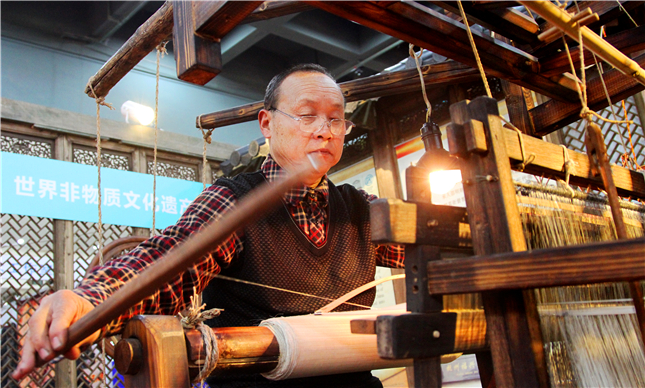hangzhou leno manufacturing craftsmanship

leno is a type of silk fabric that originated in hangzhou city, zhejiang province. early in the ming dynasty (1368-1644), the city was one of the major production places for silk and attracted merchants from far away to purchase the cloth. leno became a well-known brand in the qing dynasty (1964-1911), and survived the turbulent history in modern china while being preserved to today.
the manufacturing craftsmanship of leno is complicated. the process contains a dozen procedures which can be roughly divided into three steps. the first step is to process raw silk which needs to be screened, soaked and aired. the second step is to prepare the silk threads onto the loom and the third is to weave the threads into leno cloth before they are finally further processed, such as through a dying treatment.
the manufacturing craftsmanship was included in the "catalogue of national representative of intangible heritage culture items" in 2008 and as a sub item of "china sericulture and silk weaving", in the masterpieces of the intangible heritage of humanity by unesco in 2009.
-
'nice' to meet you, hangzhou
may 6, 2024

